By Jose German
Let’s stop pretending we can ignore the climate crisis. The signs of climate change have been multiplying for decades. We are already immersed in the crisis. Temperatures never before seen are happening in the West and Midwest. The devastation is affecting our primary sources of food. California provides 13.52% of the food that we consume at national level, followed by Iowa (7.43%), Nebraska (5.83%), Texas (5.70%), and Minnesota (4.55%). Our beloved “Garden State” produces .31%. As the most densely populated state, we are not food sustainable and that should be a concern. Let’s not forget either the limited water sources in the most food productive states. We are seeing prolonged periods of droughts in key agricultural areas.
Our food chain is at risk. If our most productive agricultural states are devastated by climate change, consider the repercussions in this part of the country. Food will become scarce and pricey. The number of food insecure people will grow to dramatic levels, with social consequences. Essex County already has the highest percentage of food insecure people in the state.
Now more than ever, we need to take control of producing the food we eat. We must change the way that we garden at home. The time to take action was yesterday; we are late now but we can implement dramatic changes and move to reduce the damage.
We do not need to panic but should prepare for the changes that will be affecting our country and the planet in the next few years. During World War II, about 20 million Victory Gardens were planted across the country. By 1945, these little home gardens provided about 40% of all vegetables consumed in the US. We need to be proactive again and begin creating our own harvests at home. Producing 40% of your vegetables within steps of your kitchen is very doable even in a modest sized yard. If you are not into growing vegetables, begin learning. It’s also a good idea to learn how to preserve food for the winter. Educate yourself about urban farming and share the knowledge with your family. If you do not have space to grow food, join a community garden, which is a great way to learn quickly and start putting your ideas into practice. Set achievable goals until you can reach a comfortable level of food sustainability.
What we can do?
- At home, if you have space to grow you can start any time to learn how to design your garden and produce your own food. Ten 6’x3’ raised beds can produce enough to harvest at least 20lbs of produce per week over the summer. This would be enough to meet 40% of the recommended dietary guidelines for vegetables for a family of four. Surpluses can be canned to preserve for the winter time, and seeds can be saved for the next season’s plantings. Sustainability at home should become a skill to pass on to the next generations.
- At the township level, we need to ask our elected officials to encourage community gardens in public spaces for those who live in apartments or lack space to grow their own food. In 2018, the township approved an ordinance supporting the creation of community gardens. Although the ordinance recognizes the value of community gardens, the township has not yet assigned any public space for growing food. Most of the schools in town have vegetable gardens. During the summer, when gardens are most productive, the schools are closed, and most of the time their gardens are not growing much. School gardens could be accessible to the community when students are on summer vacation.
- At the state level, we can demand that our legislators approve measures to make agriculture a high priority in the state and allocate the necessary funding to support our local farmers.
Everything is connected:
Beyond food production, there is an obvious step that the town and its residents could take to help mitigate climate change. Trees offer an immediate cooling effect and serve long term to sequester climate-altering carbon. We have the luxury of living in a community rich in trees, creating a kind of oasis in the middle of the development and urban sprawl. Planting more trees is an urgent necessity, especially when our green canopy is a threatened by diseases and exotic insects.
The time to wait for signs of the climate crisis is over. Let’s do our part by taking immediate actions at home and in our community. We can do this!
